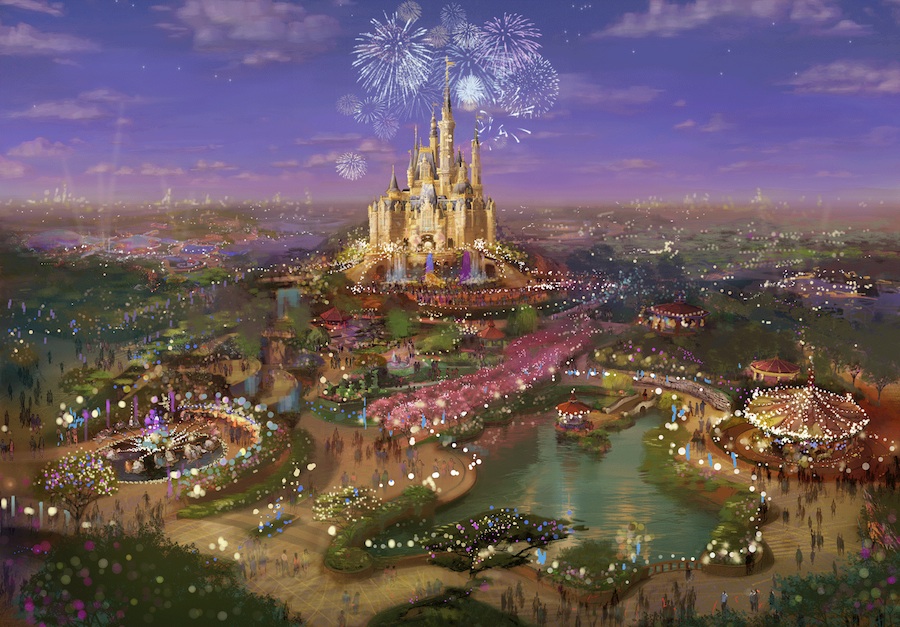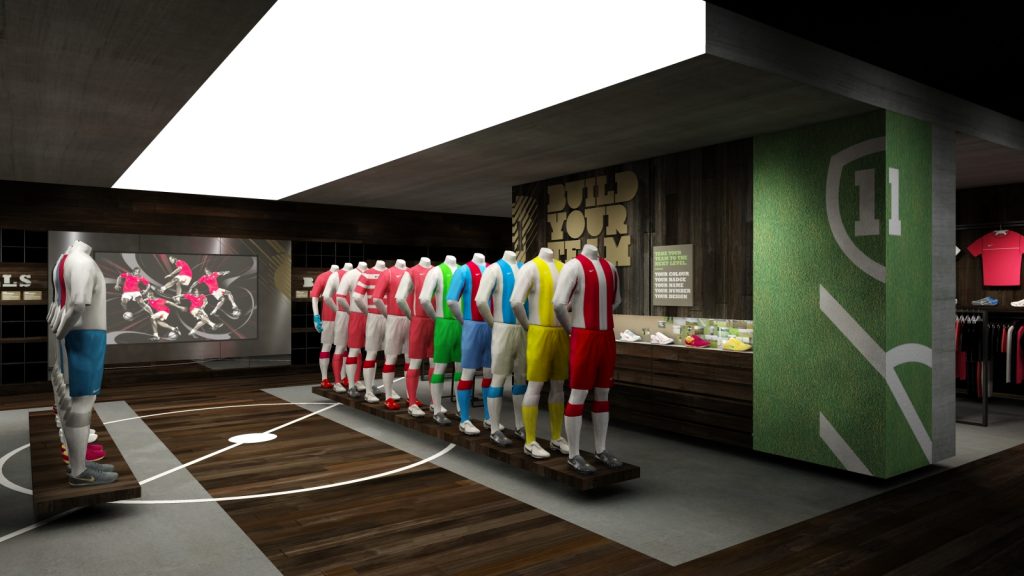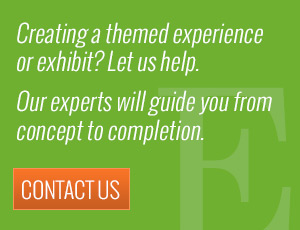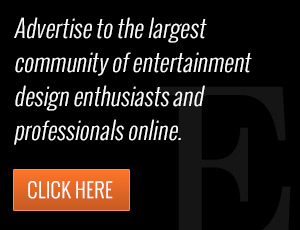The Theme Park Industry’s Growing Pains
Posted by Sasha Bailyn on Tuesday, September 30th, 2014

If you’re looking for a stable job, don’t pick entertainment design. One of the most challenging aspects of themed entertainment is that it’s a boom and bust industry. The 1980’s and 90’s were golden years for attraction design in big parks such as Disney and Universal, which generated an industry of folks with niche expertise and talent. Ripe with experience, some of these Creatives left the big parks and started their own design firms. Today, these companies often subcontract with the incubators they left (big parks like Disney and Universal), in addition to taking on attractions and entire theme park projects of their own.
But there are only so many theme park projects going on at a time. When the market crashed around 2008, the theme park work virtually came to a standstill. Most of these relatively new companies had to find creative ways to diversify their skills and reach into parallel industries, such as retail and marketing: by the late 90’s, retail companies were becoming more interested in creating immersive environments and marketing companies were steadily focusing on experiential approaches.

Museum and exhibit design became another avenue for themed entertainment designers to apply their skills. Some companies went into this and never came back to theme parks, while others filled the couple of years following the recession with exhibit design until attractions made a comeback.

Today, things are picking up for themed entertainment, with the work largely overseas. A global renaissance of theme parks, exhibits and attractions has spurred new developments in countries where the current offerings are either nonexistent or outdated, with much of the work ending up in Asia and the Middle East. As entertainment design companies go forth into emerging markets, they are finding that there is lag time between today’s excitement and tomorrow’s new projects. In other words, there are many concepts out there, but few that have actually started to get built.
Imagineering and Universal Creative themselves have plenty of project ideas that get shelved and may never become physical reality, but something always gets built eventually; “the show must go on” at these two brick and mortar theme park chains. For the private design firms taking on brand new developments, however, there isn’t a guarantee for a physical, finished product. As a result, the bread and butter of keeping a company going may become about producing a steady stream of concept designs. As one designer said to me, “There comes a time when we wake up and realize that we’re creating beautiful coffee table books, not theme parks or museums.”
There’s a huge difference between creating a concept and executing it, and I can’t help but wonder how this affects the private companies whose fantastic ideas are still waiting to get built. Designing an incredible destination experience is only half the battle; the other half is building it to last through years of visitors and making sure that the venue provides a high-quality guest experience (though not many design companies dip too far into operations).
It also can’t be easy to keep a steady staff when projects are lagging or indefinitely delayed. Most companies hire on a project-by-project basis, which means that talent rotates from one team to another, going where the work is. These projects last for varying lengths of time, and sometimes, the end point is not a neat, clean culmination. Teams can shrink and contract at different junctures of the project, and sometimes the project will come to a sudden halt and most of the team will disband until further notice.
In my opinion, this way of working poses some challenges to creative work. On one hand, Creatives get to experience many different types of projects and become jacks of multiple trades. On the other hand, the boom and bust cycles cause uncertainty; but more than that, they do not allow a Creative to feel “at home” anywhere. Being creative is about taking risks, but there needs to be a stable foundation to act as a launch point. Not every team is going to have the right chemistry, and not every manager knows how to manage a team well, especially if it’s often in flux. Every new project is a mixed bag, and the most that Creatives can hope for is an environment where they can get comfortable enough to do their best work.
As the “other guys” – the design groups outside of branded properties like Disneyland or Universal Studios – continue to serve the emerging global market, it will be interesting to see whose “coffee table books” end up breaking ground. And it will be equally interesting to find out whether entertainment designers will finally experience greater stability, or if the current round-robin studio climate will persist.
Sasha Bailyn
Editor-In-Chief
sasha@entertainmentdesigner.com



 Sign Up For Our Newsletter
Sign Up For Our Newsletter 



